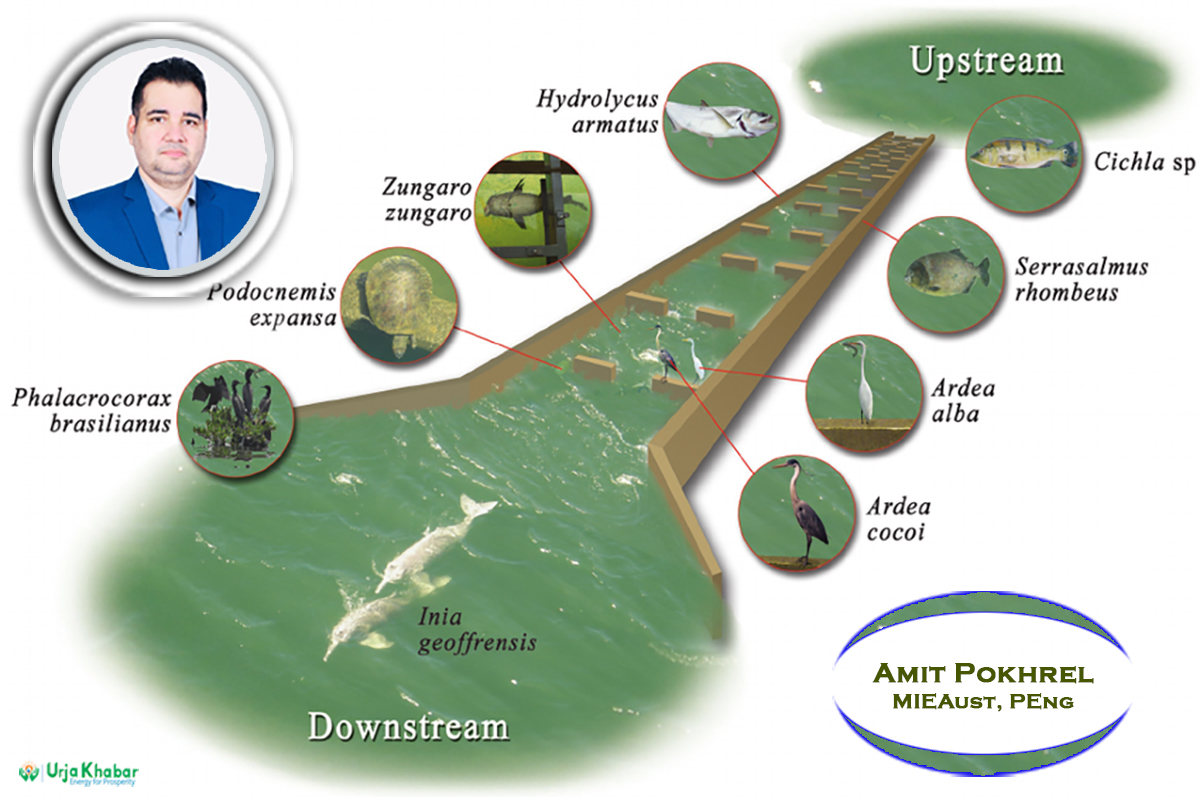
Hydropower projects are essential for meeting the growing energy demands, but they often pose numerous challenges to the natural ecosystem. One of the major concerns is the disruption caused to fish migration due to the construction of dams. However, with the implementation of a fish ladder, these concerns can be addressed and fish conservation strategies can be effectively executed. In this article, we will discuss the importance of fish ladders at hydropower projects and how they contribute to conserving fish populations.
Understanding Fish Migration

Fish migration is a critical aspect of their life cycle and plays a crucial role in maintaining healthy fish populations. During their migration, fish travel upstream or downstream to reproduce, find food, or seek suitable habitats. However, the construction of hydropower dams often obstructs their natural pathways, impeding their ability to complete their life cycle. This disruption can lead to a decline in fish populations and negatively impact the aquatic ecosystem.
The Need for Fish Conservation Strategies

Recognizing the importance of fish migration, efforts are being made to develop effective fish conservation strategies. Fish ladders have emerged as a promising solution to mitigate the impact of hydropower projects on fish populations. These specialized structures are designed to facilitate fish movement through the barriers created by dams, allowing them to continue their migration routes.
How Do Fish Ladders Work?
Fish ladders are engineered to simulate natural streams or waterflows that fish would typically encounter during their migration. The ladder consists of a series of ascending steps or pools, allowing fish to jump or swim upstream. As fish approach the ladder, they navigate through a series of baffles, resting areas, or even small jumps that mimic natural water conditions. This enables them to overcome the height difference created by the dam and progress upstream.
Fish migration is a critical aspect of their life cycle and plays a crucial role in maintaining healthy fish populations. During their migration, fish travel upstream or downstream to reproduce, find food, or seek suitable habitats. However, the construction of hydropower dams often obstructs their natural pathways, impeding their ability to complete their life cycle
Benefits of Fish Ladders
1) The primary purpose of fish ladders is to restore and maintain fish migration routes. By providing an alternate pathway, fish ladders contribute to the long-term survival of various fish species. They enable important fish populations to access spawning areas, feeding grounds, and nursery habitats, ensuring the continuity of their life cycle.
2) Fish ladders are instrumental in preserving the biodiversity of aquatic ecosystems. By allowing fish to overcome barriers imposed by dams, the genetic diversity of fish populations is safeguarded. This, in turn, supports the overall health and resilience of the ecosystem, benefiting not only fish but also other species that depend on them.
3) Fish ladders play a crucial role in maintaining the ecological balance of river systems. As fish migrate, they carry essential nutrients from downstream to upstream areas, enriching surrounding environments. This promotes the growth of diverse vegetation and enables the transfer of energy between different trophic levels, contributing to the overall ecological productivity.
Challenges and Considerations
While fish ladders offer significant benefits in fish conservation, there are certain challenges and considerations that need to be addressed:
1) The design and placement of fish ladders need to be carefully planned to ensure their efficiency and effectiveness. Factors such as the size and species of fish, water velocity, and local topography must be taken into account during the design process.
2) Regular maintenance and monitoring of fish ladders are essential to ensure their functionality and detect any issues that might arise. Cleaning debris, repairing damages, and assessing fish movement patterns are crucial tasks to optimize the performance of fish ladders.
3) Continuous research and technological advancements are necessary to enhance fish ladder design and effectiveness. Innovations such as electronic tagging and fish tracking systems can provide valuable insights into fish behavior, aiding in the improvement of fish conservation strategies.
Conclusion
The construction of hydropower projects can pose significant challenges to fish migration and conservation. Fish ladders offer an effective solution to mitigate these challenges and promote the long-term survival of fish populations. By facilitating fish movement through dams, fish ladders contribute to maintaining biodiversity, ecological balance, and the overall health of aquatic ecosystems. With proper design, maintenance, and technological innovations, fish ladders can continue to serve as a crucial fish conservation strategy in the face of hydropower development.
